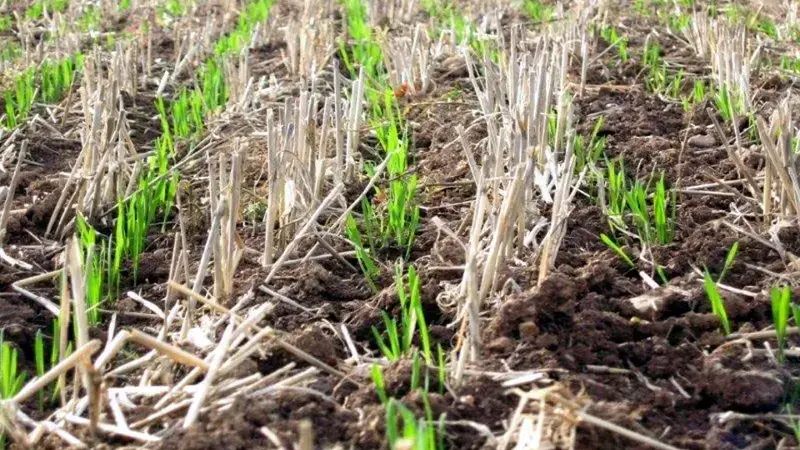Carbon sequestration for better soil and food security

Better cropland management increases soil carbon sequestration and fertility, lowers global C02 levels and enhances food security
As the UN Food System Summit draws near, a new white paper outlines how well executed soil, crop, and water management can maintain and increase soil organic carbon (SOC) content for healthy and fertile soil, while lowering global CO2 levels and enhancing food security.
The study carried out by ICARDA, the Mohammed VI Polytechnic University (UM6P), the African Plant Nutrition Institute (APNI), OCP North America (OCP NA), and the Institut National de la Recherche Agronomique (INRA), offers clear evidence that global croplands, and especially those in dry regions, are at risk of dire fertility loss. However soil carbon sequestration offers an important intervention in the fight against global warming.
Desertification and soil degradation is widespread across global croplands, and especially in dry areas, due to inappropriate land and soil management practices such as overgrazing, monocropping, unsuitable irrigation techniques, etc. Average SOC content is lower in agroecosystems than in natural ecosystems due to lower biomass production, biomass removal and harvest, and land management practices such as tillage increase the loss of SOC. This makes croplands high priority areas for SOC sequestration.
Carbon in soil is an important component of soil organic matter, helping with soil’s structure, fertility and water retention, vital for growing healthy and nutritious produce. Recognizing its importance, the goal to sequester more carbon in soils of the world for climate and food security was adopted at COP21 in Paris in 2015. However, although seemingly straightforward, there are several challenges and tradeoffs that need to be overcome such as growing competition for biomass and the actual identification of best management practices and soil fertility management for soil carbon sequestration in individual settings.
The report outlines these challenges in more detail, and demonstrates how site-specific nutrient management using a combination of mineral and organic fertilizers, combined with other techniques, can deliver optimal results for farmers and for food security. However, the report also highlights the need for more research to provide policy-makers and farmers with a strong evidence base that will encourage them to adopt important SOC-enhancing practices.
